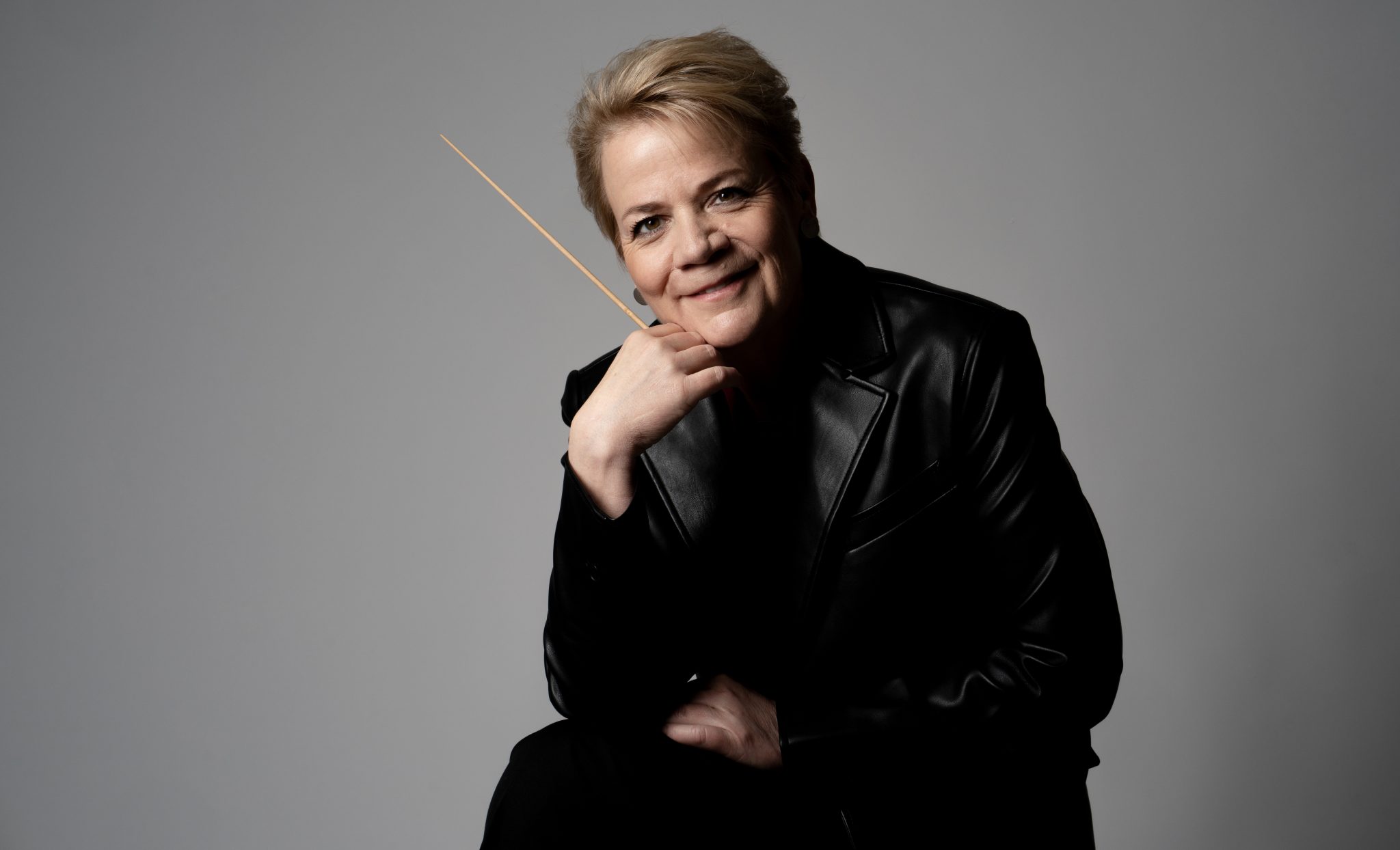In the heart of classical music’s rich history, George Frideric Handel’s “Messiah” stands as a timeless masterpiece, enchanting audiences for over two centuries. Yet, around three decades ago, the esteemed maestra Marin Alsop embarked on a daring venture, weaving her own distinctive narrative into this baroque treasure with “Too Hot To Handel.” This innovative reinterpretation, blending elements of gospel and jazz, not only revitalized Handel’s opus but also fostered a sense of unity and celebration, echoing the original spirit of the composition.

Alsop’s inspiration sprang from a casual conversation that unveiled a common sentiment—while Handel’s “Messiah” is revered, some found it a tad mundane until the iconic “Hallelujah Chorus.” Determined to dispel this notion, Alsop set forth on a journey to contemporize Handel’s masterpiece, infusing it with the vibrant energy of barn-burning gospel music.
Contrary to common belief, the performances during Handel’s era weren’t confined to rigid adherence to notes on paper. Musicians of the time embraced embellishments, ornamentations, and improvisations, creating a dynamic and jazz-like atmosphere. Alsop, drawing from this historical context, envisioned a fusion of jazz improvisation and classical grandeur in “Too Hot To Handel.”
Collaborating with talented composer/arrangers Bob Christianson and Gary Anderson, Alsop meticulously reimagined each segment of the composition. They explored diverse musical styles, injecting jazz waltzes and shuffles into the mix. The result was a vibrant orchestration featuring saxophones, a rhythm section, and a Hammond B-3 organ, transforming “Too Hot To Handel” into a fresh and exhilarating auditory experience.
Alsop, breaking down the traditional barriers of classical music, encouraged her musicians to bring their individuality and flair to the performance. The goal was to create an immersive and participatory experience, reminiscent of Handel’s time when audiences passionately reacted to the music.
However, the success of “Too Hot To Handel” goes beyond its captivating musical arrangements. It lies in its remarkable ability to bring people together. As the holiday season approaches, Alsop envisions her reinvention conveying an empowering message, rekindling the spirits of listeners and reminding them of the unifying power of music.
Classical and jazz, seemingly disparate genres, found common ground under Alsop’s baton. She believed, much like the musicians of Handel’s era, that the boundary between classical and jazz was permeable. Handel’s original work provided the foundation for this fusion, proving that music, at its core, transcends labels and genres.
Collaborating with composers and arrangers Bob Christianson and Gary Anderson, Alsop transformed Handel’s “Messiah” into a vibrant blend of styles. The addition of saxophones, a rhythm section, and a Hammond B-3 organ gave the orchestration new life. Musicians were encouraged to add their own flair, bringing individuality and improvisation to the performances.
The result was a concert experience that not only honored Handel’s original composition but also invited the audience to actively participate. People danced, clapped, and even screamed with excitement. This interactive approach to classical music aimed to recreate the spirit of Handel’s time, where audiences were deeply moved by the music and actively engaged with it.
“Too Hot To Handel” encompasses the true essence of the holiday season, bringing together families and humanity through the power of music. Whether it’s Handel’s “Messiah” or Alsop’s reimagined version, the underlying message of joy, unity, and celebration resonates with people from all walks of life. Music, as an incredible equalizer, has the capacity to enliven and uplift our lives, especially during this special time of year.
In the midst of doubts and hesitations, Alsop’s vision triumphed. Conductor Moore, initially skeptical about the non-traditional scoring for “Messiah,” found his reservations dispelled during the first enchanting notes. The orchestra’s performance resonated, proving that the fusion of classical and jazz, when executed with precision and passion, can transcend preconceived notions.
Alsop’s “Too Hot To Handel” is more than a mere musical reinterpretation—it’s a celebration of artistic courage, a testament to the boundless possibilities when traditions are respectfully challenged. As holiday festivities approach, the harmonies unveiled by Maestra Marin Alsop continue to resonate, reminding us that, in the world of music, innovation and tradition can dance together, creating an everlasting symphony that transcends time.

